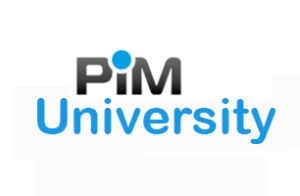Critical Management Issues Affecting Members Today
The most critical management issues affecting members today can be traced to the long-simmering pandemic. Managing for the unvaccinated among us is the most challenging to-date, with no easy solution(s). Somewhat more in our control is mitigating the supply chain issues facing every sector of business today. Our friends at Anchor Paper provided some background on the disruption in the paper supply chain;
The reluctance of the workforce to return to work has created labor shortages in manufacturing and transportation. The shortage of workers has driven labor costs up and impacted transportation costs due to lack of drivers. Lead times on manufactured goods have been dramatically extended. During the pandemic, demand for print materials dropped by up to 75% in some segments. Education dropped to near zero and office printing was not far behind. Paper mills reduced or curtailed production in 2020, which caused inventory to drop to levels which have not been seen previously.
Due to this lack of demand, many paper manufacturers idled or closed mills taking capacity out of the market. The COVID-19 shutdowns caused a large move to online shopping, increasing the demand for corrugated boxes. This demand drove mills to convert paper machines from making white publishing paper grades to brown box liner board grades, again reducing capacity. The reduced capacity combined with low inventory levels and an increase in print demand in 2021 has caused mills to work at near 100% capacity. Additionally, the availability of import paper capacity has dropped by over 20%, due to lack of containers and increased shipping costs. The cost to ship a container has gone from around $2500 in 2020 to almost $6000 in 2021. Inventory levels have not recovered, and most mills are on allocation with customers as a result. The tight supply combined with increased demand, along with rising pulp prices, have driven prices higher. (Pulp prices have increased 25% in the past 18 months.)
What can you do? Forecast printing paper needs as far in advance of production dates as possible. Further, pre-buying paper or arranging stocking agreements could be an option for maintaining supply. Consistent and advanced communications with clients is a must. When preferred stock is unavailable, sharing the facts described above can soften the blow of moving the job to an available substrate. How ever your company responds, having an action plan and forecast will lessen the disruption to your bottom line and support positive client service and retention.



